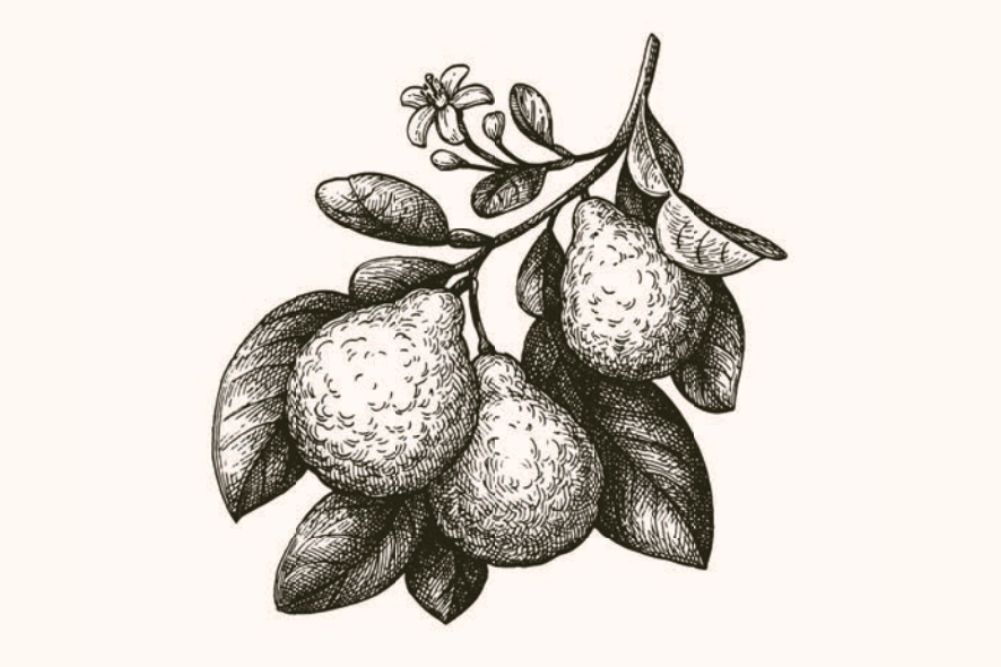Sugary tales from the tooth doctor
 Eat your chocolate slowly and allow it to melt in your mouth! Savour the moment and close your eyes … Are you a dark or milk chocolate lover? Does it’s taste take you to the past or drive you towards your next adventure? If you tell me your what your chocolate preference is, I can quite accurately describe certain aspects of your personality! Curious? I’ll reveal just how a little later in this blog. Now back to the purpose of this blog: to discuss some of the “sugary tales” your dentist might of told you and set any misconceptions straight.
Eat your chocolate slowly and allow it to melt in your mouth! Savour the moment and close your eyes … Are you a dark or milk chocolate lover? Does it’s taste take you to the past or drive you towards your next adventure? If you tell me your what your chocolate preference is, I can quite accurately describe certain aspects of your personality! Curious? I’ll reveal just how a little later in this blog. Now back to the purpose of this blog: to discuss some of the “sugary tales” your dentist might of told you and set any misconceptions straight.
For starters, we all love the sweet taste of sugar on our taste buds. In fact, it has been part of the Australian diet ever since the First Fleet arrived in 1788. Some 200 years later, Australia is now the second largest exporter of cane sugar after Brazil! Yes, sugar does put a smile on our faces and helps our Aussie farmers. I was interested in discovering just how much sugar Australians actually consumed. It proved a very frustrating task to discover what the “average daily intake” of sugar actually is. One website, www.giveupsugar.com, suggests Australians consume nearly 53kg of sugar per year! For some people this is more than their own body weight. Is it possible that we are consuming this much sugar?
To arrive at this figure, researchers start by observing the average daily consumption of sugar measured in teaspoons. From the available data, Australians consume between 20 and 29 teaspoons per day. If you multiply the standard weight of a teaspoon (5 grams), this gives you nearly 145 grams per day. Is this too much sugar consumption? The 2013 Australian Dietary Guidelines main recommendation on this subject is to “limit intake of foods and drinks containing added sugars”. Elsewhere, health experts recommend limiting our total daily of sugar to 10 per cent of our entire energy requirements. Sorry folks, I cannot live my life with a calculator in my pocket adding up every teaspoon of sugar. Are there no simple guidelines the rest of us can follow?
To answer this question, we must appreciate that not all sugars are created equal. A teaspoon of honey is not the same thing as a teaspoon of raw sugar or the equivalent artificial sweetener. In the battlefield for our tastebuds various manufacturers have waged a long war to entice our hearts and minds. Many of you will still remember the Splenda TV tagline: “It’s made from sugar so it tastes like sugar”. The company later retracted this slogan when it was found it was essentially an artificial sweetener made from sugar “molecules” but contained no sugar.
One hundred years ago we only had sugar, honey or maple syrup to choose from. Today, with the deluge of different sweeteners available in the marketplace, it is virtually impossible to assess the truth of their health benefit claims. You are all familiar with the common natural sweeteners such as cane sugar, corn syrup, honey and stevia. Aspartame, Saccharin and Sucralose (Splenda) are amongst the artificial sweeteners.
To make life easier I have assembled a comparison chart showing the various sweeteners found in your processed foods and beverages.
|
Brand name |
Active ingredient |
Source |
Found in |
Advantages |
Disadvantages |
|
CSR Sugar |
Sucrose |
Sugar cane |
Jams, soft drinks and confectionary |
Natural food product that contains glucose for our bodies |
Over-consumption can cause weight gain and tooth decay |
|
Capilano honey |
Honey |
Honeycomb from flowers or trees such as eucalyptus, iron bark, and manuka |
Hot toddies, sauces, cakes and Asian dishes |
Contains minerals and has antibacterial and antiseptic properties (especially manuka honey) |
Can be toxic to young infants (due to the presence of botulism spores). Excessive amounts can cause stomach cramps and bloating. |
|
Madhava Agave Nectar |
Agave Sugar |
From the juice of the agave plant (Mexico) |
Similar uses to honey as a sweetener |
Low calorie sugar-substitute. Has anti-inflammatory and anti-bacterial properties. |
Very high in fructose, which the body converts to fat and blocks our insulin receptors |
|
Naturally Sweet Xylitol |
Xylitol |
Xylose fibre from corn |
Chewing gum, nasal sprays, toothpaste and baked goods |
As sweet as sugar with fewer calories. Has antibacterial properties and hence their use in dental products and nasal sprays |
Large quantities can cause diarrhoea or bloating. Is lethal to pets if accidentally ingested |
|
Natvia |
Stevia |
Stevia Rebaudiuna (leaf) |
Beverages such as iced teas, soft drinks and baking goods |
Safe for diabetics and does not promote candida overgrowth |
High consumption has been reported to affect both male and female fertility |
|
Sweet ‘N Low |
Saccharin |
Artificial sweetener made by combining Anthranilic acid with nitrous acid, sulphur dioxide, chlorine and ammonia |
Soft drinks, baked goods, toothpastes medicines and cosmetics (such as lip gloss) |
A no-calorie sweetener (300 times more than sugar). Does not promote dental decay |
A “sulphonamide” that needs to be avoided by people with a sulfur-based allergy. It once carried a warning for causing bladder cancer in rats |
|
Equal |
Aspartame |
Genetically modified E. Coli bacteria are combined with alcohol and methanol |
Soft drinks, chewing gum, medicines and vitamins |
A low calorie sweetener that does not cause tooth decay and recommended to diabetics |
Highly active and can cause weight gain as it triggers insulin release |
|
Splenda |
Sucralose |
Chlorine atoms are added to sucrose molecules |
Soft drinks, baked goods, protein shakes and “health foods” |
A low calorie sweetener, tooth-friendly |
Reduces healthy gut bacteria by half and can affect fertility. Also absorbed by our fat cells |
With our fast-paced modern lifestyle it appears unlikely that our love affair with convenience and processed foods is about to change in the foreseeable future. With this in mind, it would seem reasonable that as “grown-ups” we can readily discern the presence and relatively quantity of sugars (and artificial sweeteners) with our taste buds, right? Wrong! No-added sugar juices still contain significant amounts of sugar as do “health promoting” bottled vitamin waters. There are also many food products that we do not consider sweet and yet manufacturers routinely add sugars to them during their preparation. These “hidden” forms of sugar include hamburger meats, canned salmon, manufactured meats, dried cereals and some salts. If you are looking to reduce your sugar consumption then don’t let your taste buds deceive you.
The take-home message from this blog is this: don’t believe every claim that the “sweet tooth” manufacturers tell you about their products and make up your minds about which sweetener you choose.
Dark or white chocolate lover? Red Thread Thinking author Debra Kaye shares some novel research findings from her company. She revealed that people who desire to be comforted and seek familiarity in life choose milk chocolate. By contrast, those extroverts who cherish the unknown and novelty crave dark chocolate. Next time you are looking to employ the services of a go-getter, then ask them the type of chocolate they prefer!







